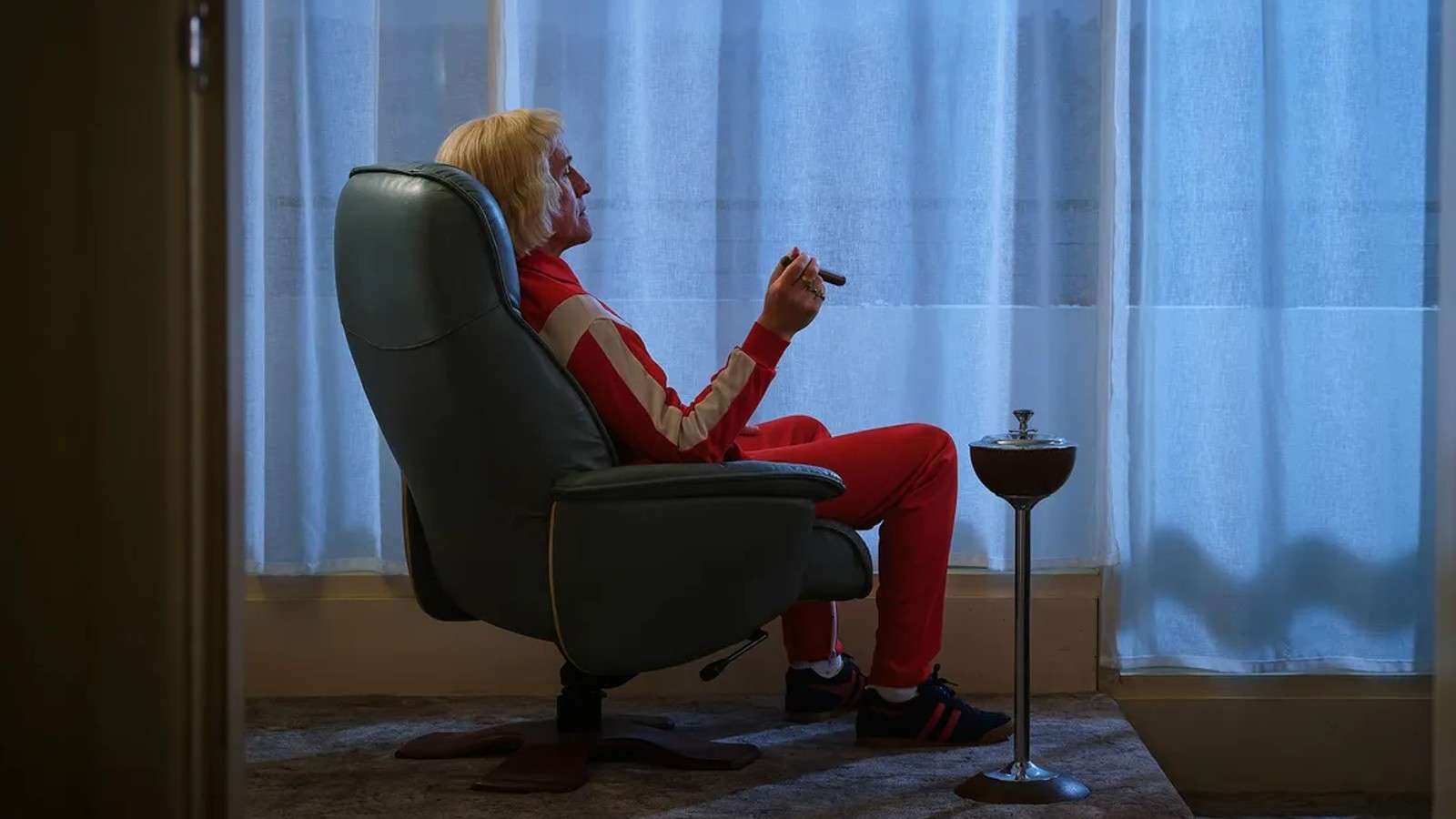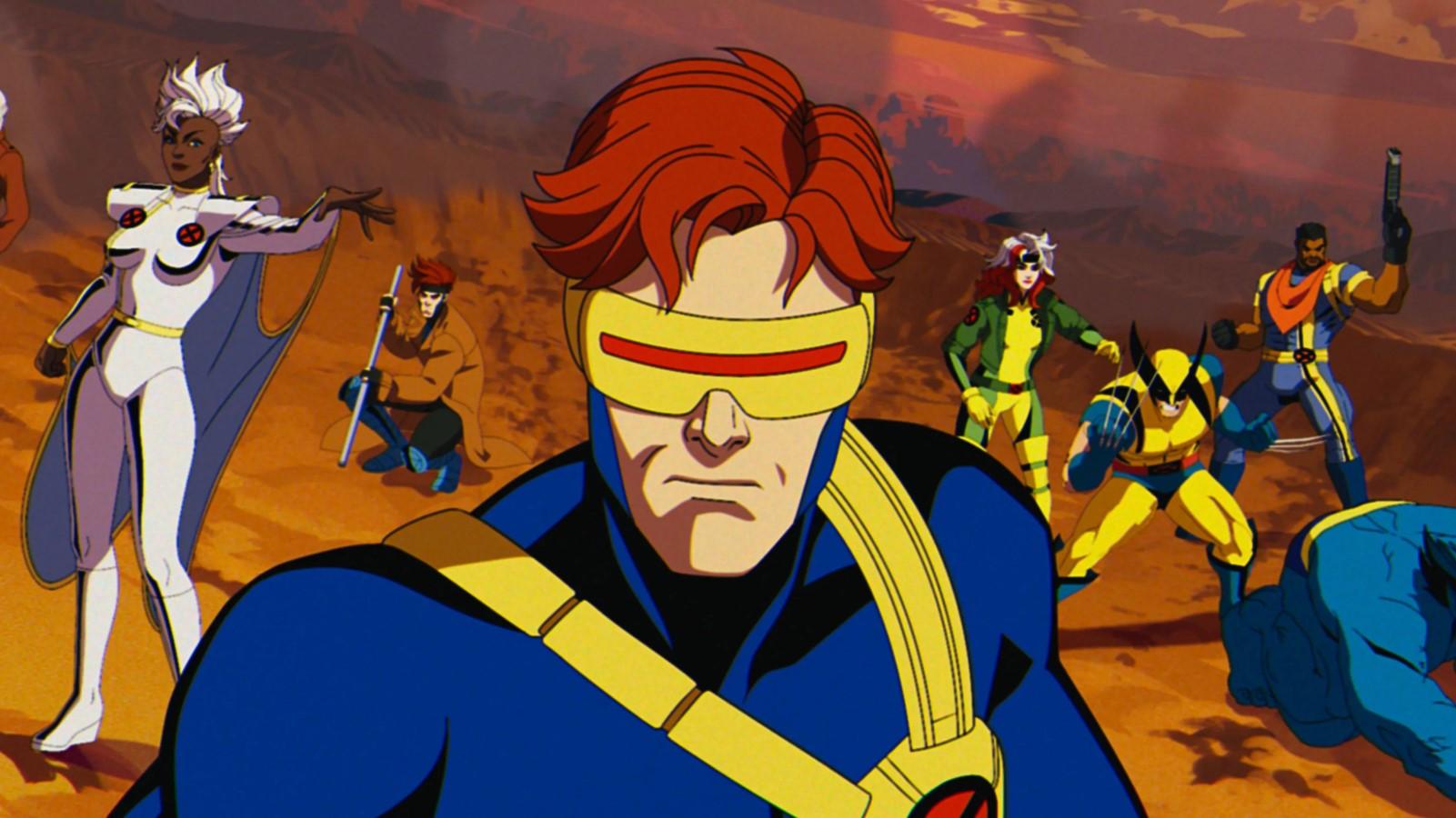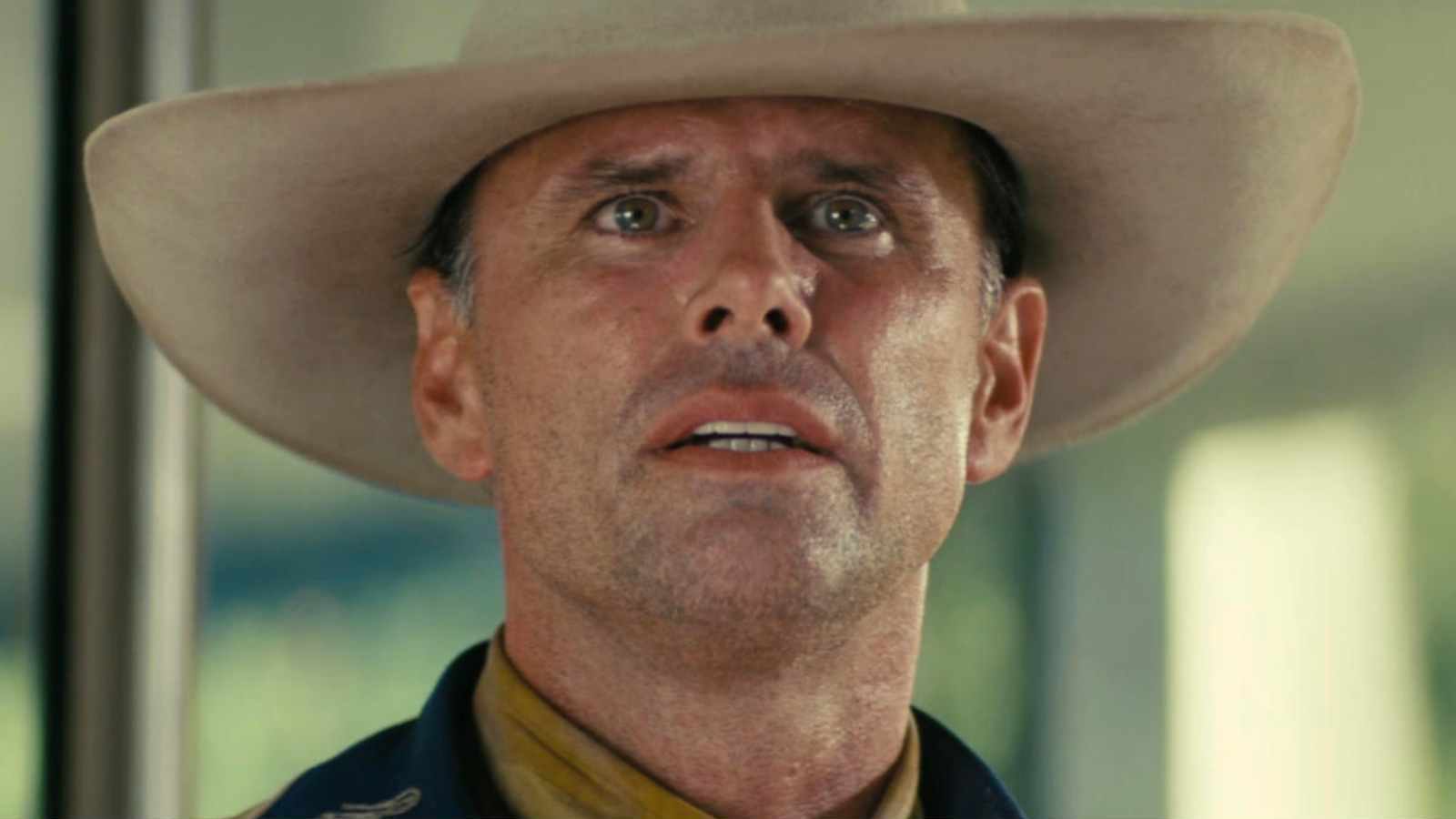The Reckoning review: Harrowing account of how Jimmy Savile got away with his crimes
 BBC
BBCThe Reckoning charts the rise of presenter – and serial sex abuser – Jimmy Savile, who spent decades committing heinous acts while hiding in plain sight. Anchored by a terrifying Steve Coogan performance, the show documents how Savile got away with his crimes, while at the same time ensuring his victims are also heard.
A co-production between the BBC and ITV, The Reckoning focuses on some of the former’s darkest days, when the Beeb hired Jimmy Savile, then helped turn him into a national institution.
All-the-while, Savile was committing hundreds of sexual assaults, with many of his crimes against minors, and frequently carried out on company property. Putting the BBC in the awkward position of having to hold itself accountable throughout the show’s four episodes.
The story plays out over multiple decades, meaning there are notable gaps across these four harrowing hours. Concerning knowledge and responsibility within the broadcaster. As well as why a Newsnight special exposing his crimes was spiked in 2011. But The Reckoning tells a very specific story, about failings within the country’s most powerful institutions. As well as the terrible toll that took on Jimmy Savile’s victims.
The side of Jimmy Savile
The framing device is a common one, with journalist Dan Davies visiting Savile and asking him to recount his life for the purposes of a biography. Being a con-man – and quite possibly a pathological liar – Savile is able to talk his way around the tough questions. Giving the audience a sense of how he fooled folk throughout his life.
“There’s no hidden depths,” he claims early in proceedings. “No secrets with me – what you see is what you get.” But between Savile’s false claims and denials, The Reckoning depicts what this serial predator was really up to.
The story starts with Savile “bringing the swinging ’60s to northern England,” by running discos that brought him into contact with teenage girls. Whom he would invite back to his flat with offers of a ride in his Roller, and tales of meeting Elvis; stories that were followed by sexual assault.
Steve Coogan is superb in these scenes, depicting Jimmy Savile’s peculiar form of charm, then – in the blink of an eye – turning into something much more frightening when he traps his prey. Though for sensitivity’s sake, The Reckoning doesn’t show the wicked acts themselves, instead focusing on the manipulation and coercion leading up to them. As well as their devastating aftermath.
Through threats and intimidation, Savile scared his victims into silence. While when survivors did report him to the authorities, they were rarely believed, such was his reputation and standing in the local community. Something Savile used to his advantage throughout his career.
Failings at the BBC
Success in the music industry up north means the BBC comes calling down south, and Savile lands his dream gig, hosting primetime music show Top of the Pops. Featuring an audience full of young girls. And a dressing room – with a lock – just down the corridor, from where his reign of terror was allowed to continue.
It’s shocking stuff. Doubts are expressed about his suitability within the broadcaster. But in spite of sordid rumors swirling around him – and Fleet Street getting a whiff – dissenting voices are ignored, and Savile manages to quash negative stories so his reputation remains intact.
But while the BBC comes under fire – most notably producer Bill Cotton – The Reckoning frequently deals in non-specifics. Failing to point fingers at who knew what and when. And why there was a culture that not only tolerated his behavior. But also enabled it.b
And that enabling continues, with Savile gifted a series of his own shows, culminating in Jim’ll Fix It, which gave him the opportunity to interact with – and abuse – even younger children, via a program that was broadcast for nearly two decades.
The Reckoning of the establishment
The Reckoning also questions how Jimmy Savile was able to infiltrate the health system in such disastrous fashion. Rocking up at Leeds General Infirmary to help with hospital radio, Savile was soon stalking the corridors, harassing – and abusing – both nurses and patients alike. He did the same at Broadmoor, and Stoke Mandeville, where charity work increased both his fame, and respectability.
Soon enough, Savile was being seen with dignitaries, heads of state, and the very people running the institutions he was taking advantage of. All of which finally makes his mother – with whom he has a morbid obsession – proud. But who also blames herself for his strange behavior, a theory that the series never fully develops.
Savile is soon doing marathons to raise yet more money for good causes, traveling the country in a van he calls the ‘Passion Wagon,’ where he commits further crimes. But those long-distance runs rocket him even further into the public eye, prompting the Tory government to award him an OBE. The Catholic Church gave him a Papal knighthood. And soon enough Savile is a Sir.
The Reckoning asks interesting questions of the charity work. Was Saville doing it to position himself next to those in power, thereby making him untouchable? Or was he doing it as penance for his crimes, to try to redress the balance for when he dies and faces a reckoning of his own? It’s left to the audience to decide.
Giving the victims a voice
As much as this is Jimmy Savile’s story, The Reckoning also focuses on the survivors. Each episode is book-ended by victims telling their own stories to camera. Describing what happened. Explaining how it happened. And trying to make sense of it all.
It’s painful watching them recount Savile’s despicable crimes. While his meteoric rise is also viewed through their eyes, portraying the horror each individual felt as their abuser was promoted, protected, and rewarded, decade after decade.
The series treats each interviewee with respect, and handles the material with great sensitivity. Most notably towards the end of proceedings, when the show alludes to the terrible crimes Savile is thought to have committed in a hospital mortuary. These scenes are tough to watch, at the end of a story that’s almost impossible to comprehend. But events are never sensationalized, meaning The Reckoning remains sensitive and even-handed to the end.
The Reckoning review: 4/5
There was criticism of the BBC when the broadcaster announced this project. But the result is an important piece of television. About how one man was able to groom not only his victims, but also friends, family, colleagues, bosses, the establishment, and indeed an entire nation.
It’s a show about evil, and how that evil was allowed to not only fester, but ultimately flourish for decades, right in front of our collective eyes. While the series also presents Savile’s methodology, and spotlights how his techniques changed as times and procedures progressed, to learn what we can from his actions.
But while depicting this horrifying series of events, The Reckoning never loses site of the human cost – and tragedy – at the heart of the story. Making it a celebration of the brave people who came forward to share these painful personal experiences, both as part of their own personal reckoning, and to help ensure that something like this is never allowed to happen again.
The Reckoning launches on the BBC this coming Monday, October 9. While for more TV and Movie reviews head here.



